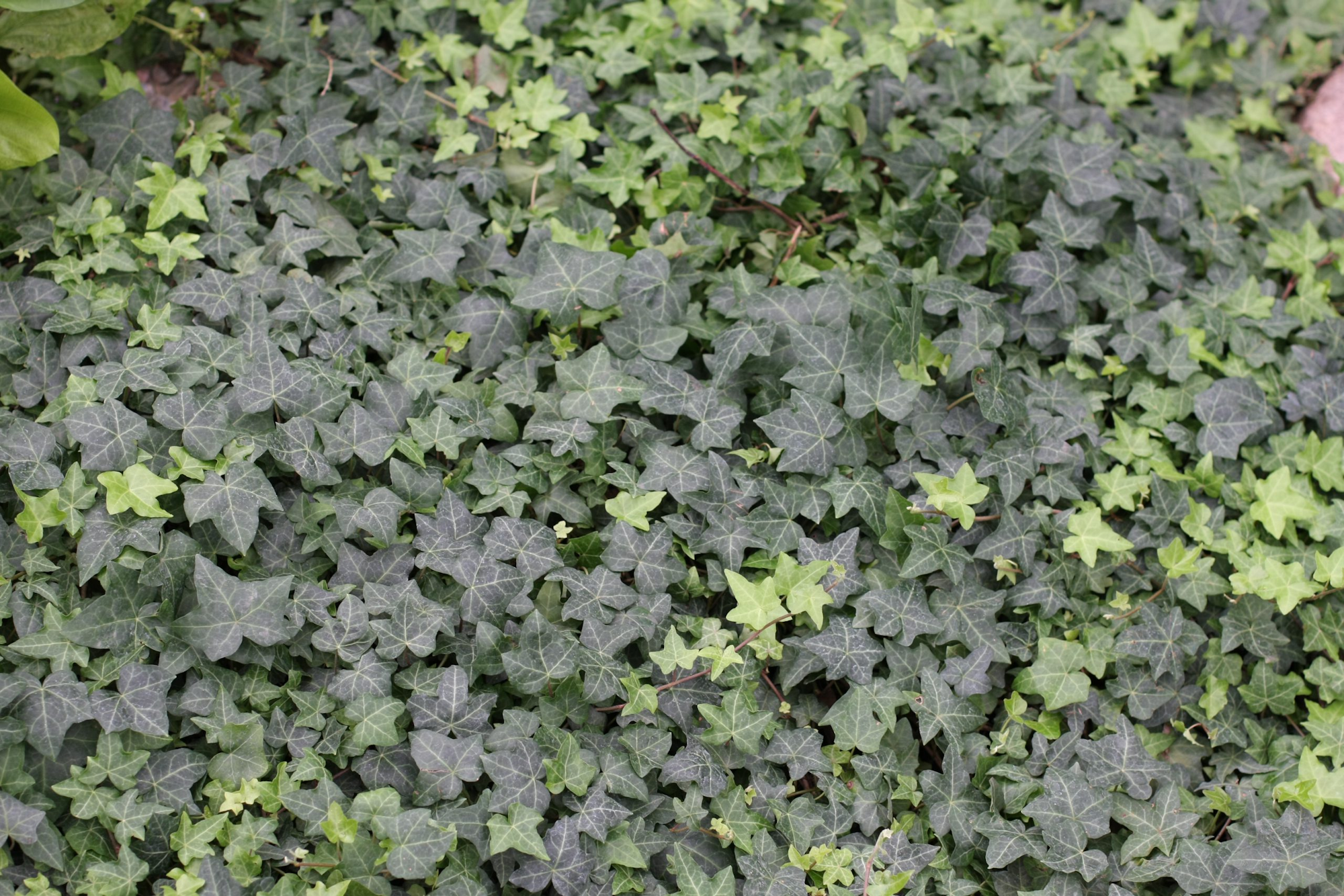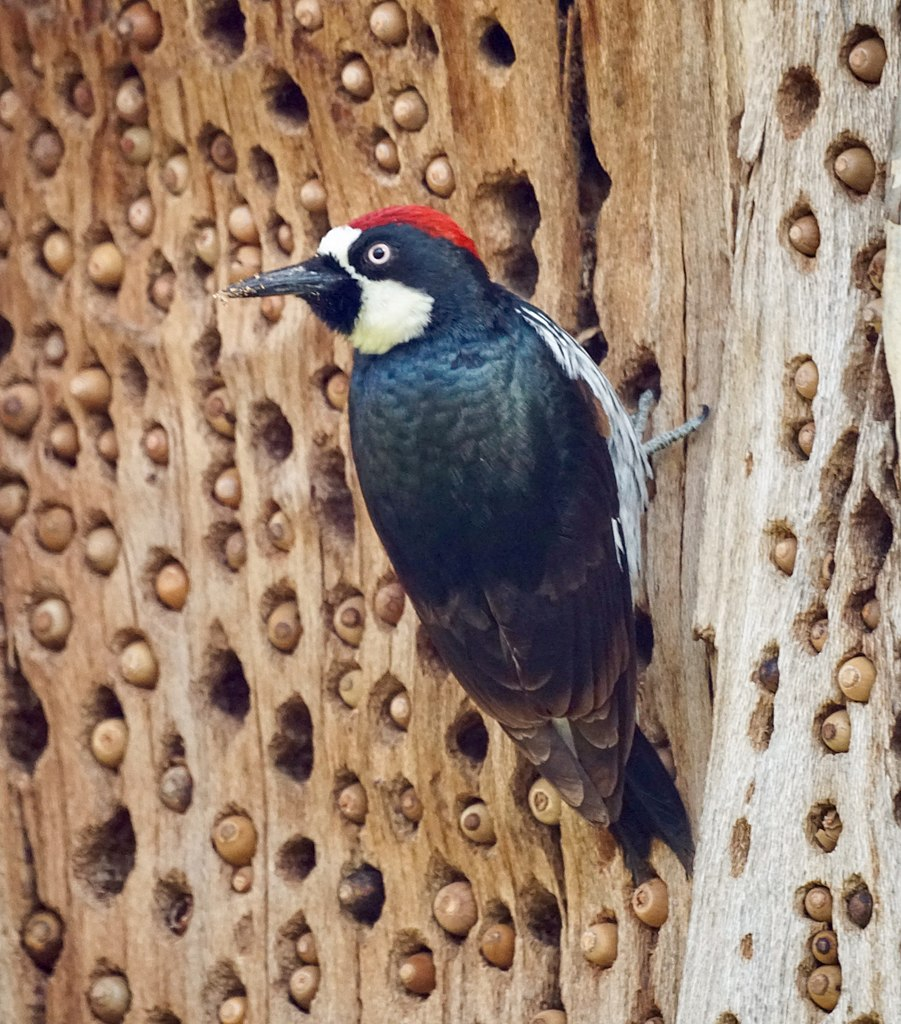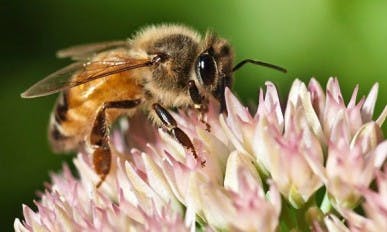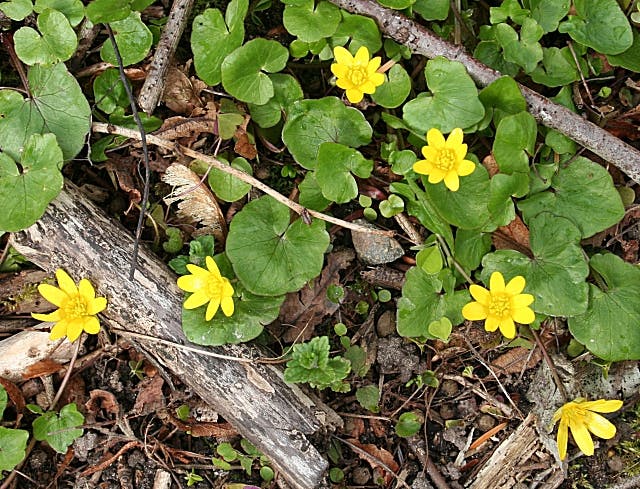The Dirt | The Impacts of Nonnative Plants on Birds
In my blog post The Native Link: The Importance of Native Plants to Birds, I describe the importance of native plants to the ecosystem, and more specifically, how birds benefit from native plants. But what exactly is the problem with nonnative, and more specifically invasive, plants and how do they affect birds and the ecosystem as a whole?
In this post, I revisit some topics discussed in my Native Plants blog post; I discuss the background and problems with invasive plants, how invasive plants impact birds, and the ways you can “keep it native” whenever you decide to add a new shrub or flower around your home.
The Problem with Invasive Plants

Non-native plants are plants found outside their natural range. Non-native plant species become invasive when they outcompete native plants, cause ecological or economic harm, or cause harm to human health. Some examples of non-native invasive plants in Oregon include Himalayan blackberry, English ivy, and Scotch Broom. Generally speaking, non-native and invasive plant species are not great for wildlife. Specifically with invasive plants, these species ultimately provide less natural food and therefore support fewer invertebrates, birds, and other wildlife.
Birds and Invasive Plants
Many invading plants can quickly expand their ranges. As the climate change,, invasive species will continue to move in and negatively impact ecosystem health and the many animals, including birds, who live there.

Many bird species are specialists that require specific native vegetation for food as well as habitats. Birds rely on specific timings of flower blooms and berry ripening, which will alert them to build their nests, lay their eggs, and even migrate. For example, Acorn Woodpeckers, Melanerpes formicivorus, are dependent on dead oak limbs or snags for storing acorns. The loss of oak woodlands in the Willamette Valley is a major threat to Acorn Woodpeckers (1). The Wilson’s Warbler, Wilsonia pusilla, is a native to the Willamette Valley and depends on intact riparian (streamside) habitats for its survival. These habitats are threatened by invasives such as knotweed and ivy (2).
As these nonnative species continue to invade, the resources that birds rely on – flowering plants that produce nectar, plants that attract insects and butterflies, and plants that produce bird-favored fruits – will be displaced, and birds as well as many other species will have fewer of the resources they need to thrive in their ecosystems.
Keeping it Native

Landscaping choices are an effective way to help make sure that native vegetation is sustained. Homeowners, landscapers, businesses and public land managers can make the smart and easy choice of including native vegetation in their landscapes.
You can decide to promote native vegetation anytime! Starting in your own backyard is a great way to go. Making a native habitat for wildlife will provide them with a reliable place where they know they can come and receive the necessary food sources they need throughout the year. Along with growing native plants, add water sources and nest boxes to provide for their other needs. You will be seeing so many beautiful songbirds, colorful butterflies, and other small wildlife in no time!
To get started, visit Benton SWCD’s Gardening for Birds webpage to help you gather everything you need to make sure your “Garden for Wildlife” is beyond successful. There you will find videos, handouts, and all the bird-gardening basics. Once you have an idea which plants to select, head over to Benton SWCD’s Native Plant Sale and place your order! Each year, the pre-order period is from early June to early July. Then in August the online sale re-opens with a slightly shorter list of native plant species. And in the Fall, Benton SWCD offers a native bulb and seed sale. Visit the online catalog for up-to-date native plant sale details.
So when you are about to plant that new tree in your backyard, remember to check Benton SWCD’s Native Plant Database or Native Plant Garden Designs first and make sure you are supporting the environment by avoiding invasives and planting native species. Native vegetation is beautiful, and even better, it helps promote the health of our natural world and biodiversity.
Additional Resources
- North Carolina State Universities’ “Going Native: Urban Landscaping for Wildlife and Native Plants”
- The National Wildlife Federation’s “Garden for Wildlife” Checklist.
- The National Wildlife Federation’s “Native Plant Finder”
- Audubon’s “Native Plant Database”
- Learn more about the top invasive plants in the United States-“Escape of the Invasives: Top Six Invasive Plant Species in the United States”
Reference






